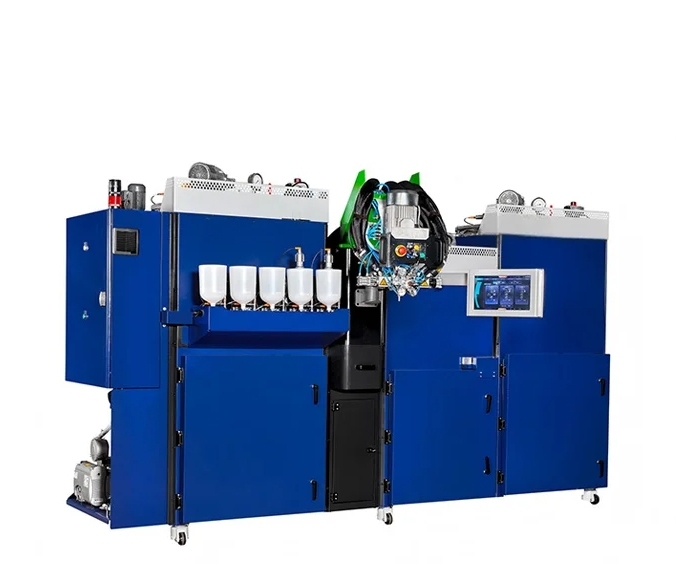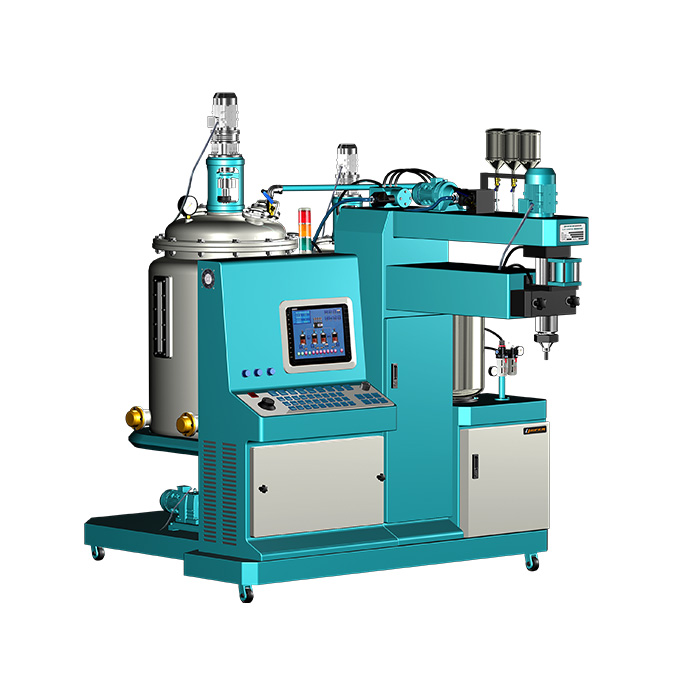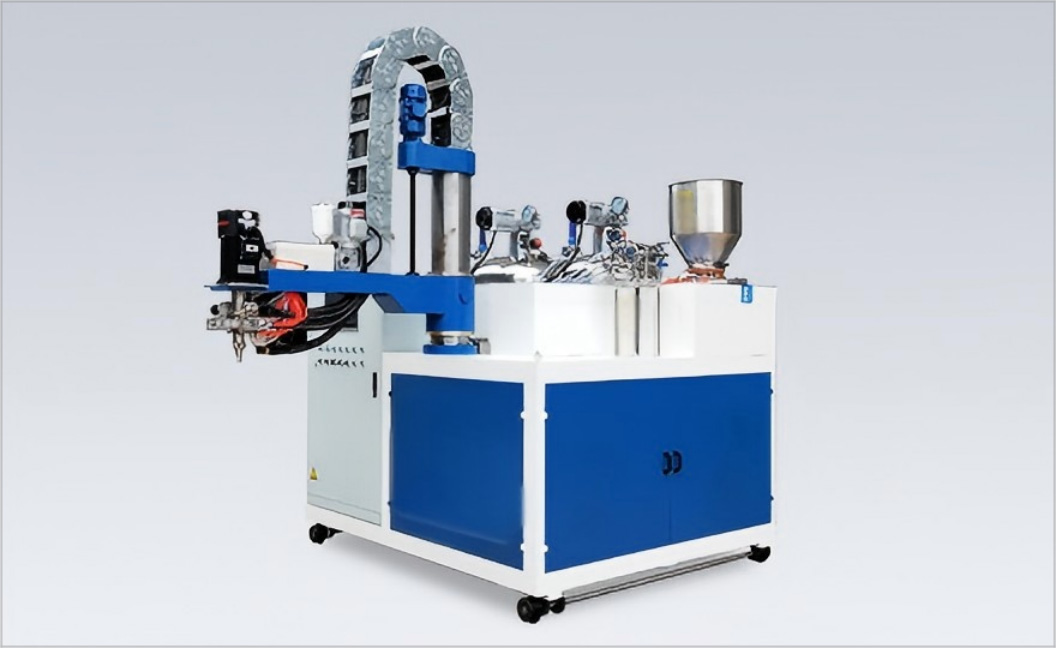Elastomer foaming machines play a vital role in the production of high-performance polyurethane elastomers used across automotive, construction, footwear, and electronics industries. These machines are engineered to mix and dispense precise ratios of chemical components, resulting in durable, flexible, and high-density foam products.
In this article, we’ll provide a step-by-step guide to operating and maintaining an elastomer foaming machine, and introduce Haifeng, one of the leading manufacturers of polyurethane processing equipment and integrated systems.
What Is an Elastomer Foaming Machine?
An elastomer foaming machine is a specialized device designed for the metering, mixing, and dispensing of polyurethane or other reactive elastomeric materials. These machines are widely used to produce items such as:
Sealing gaskets
Shock absorbers
Industrial rollers
Footwear soles
Automotive parts
Haifeng manufactures high-precision polyurethane foaming machines tailored for diverse industrial applications, offering advanced automation, consistent output, and reliable system integration.

Step-by-Step Guide to Operating an Elastomer Foaming Machine
Step 1: Pre-Operation Inspection
Before startup, conduct a thorough visual and functional inspection of the machine:
Check tanks for sufficient raw material levels (polyol and isocyanate)
Ensure the mixing head is clean and unobstructed
Inspect hoses and couplings for leaks or cracks
Confirm that the heating and agitation systems are functioning properly
Verify that pressure gauges and flow meters are reading correctly
Step 2: System Startup
Power on the machine and initialize the control system
Preheat the raw material tanks to the required processing temperature (usually between 30–60°C)
Set up the recipe/formulation parameters using the HMI or PLC system—such as:
Mixing ratio (A/B)
Flow rate
Injection time
Mixing speed
Haifeng’s machines feature intuitive touch-screen interfaces and precision dosing pumps that make setup both easy and accurate.
Step 3: Trial Mixing and Calibration
Before full-scale production:
Run a test mix into a waste container to check the mixing quality
Adjust flow rates or mixing pressure if needed
Conduct a weight test to confirm correct material ratio
This ensures consistency and reduces material waste during the main production run.
Step 4: Dispensing the Material
Once parameters are confirmed:
Place the mold or substrate in position
Activate the dispensing cycle via foot pedal, remote trigger, or automatic cycle
Ensure the mixing head moves smoothly (if robotic or mounted on a track)
Monitor for uniform foam fill, no bubbles, and correct rise time
Haifeng systems support customizable multi-axis robotic arms for precise foam injection across complex molds.
Step 5: Post-Foaming Procedures
Allow the foam to cure fully in the mold before demolding
Monitor curing temperatures and times according to material specs
After demolding, clean the mold surface and prepare for the next cycle

Maintenance Tips for Elastomer Foaming Machines
Proper maintenance not only extends the lifespan of your equipment but also ensures consistent product quality and safety.
Daily Maintenance
Clean the mixing head after each shift
Check hoses for signs of wear or blockage
Drain and purge materials if machine will be idle for extended periods
Weekly Maintenance
Inspect filters, seals, and pump systems
Recalibrate pressure sensors and flow meters
Lubricate moving parts as per the manufacturer’s guidelines
Monthly Maintenance
Flush tanks and lines with appropriate cleaning agents
Check heating elements for performance drop
Test the PLC system and update software if necessary
Haifeng offers remote diagnostics, on-site support, and preventive maintenance programs to help clients reduce downtime and improve operational efficiency.

Why Choose Haifeng for Elastomer Foaming Solutions?
With decades of expertise, Haifeng is a globally recognized provider of polyurethane processing systems and elastomer foaming machines. Their equipment is widely used in:
Automotive component manufacturing
Construction sealant production
Sports and safety gear
Aerospace applications
Key Features of Haifeng Equipment:
High-precision metering systems (gear pump or servo-driven options)
Modular design for easy integration and customization
Advanced temperature control systems for material stability
Automated self-cleaning mixing heads
Remote control and monitoring capabilities
Haifeng’s commitment to quality, innovation, and customer support makes them a reliable partner for manufacturers seeking efficiency and scalability.

Conclusion
Operating and maintaining an elastomer foaming machine doesn’t have to be complicated—especially with the right equipment and guidance. By following a structured approach and partnering with a reputable manufacturer like Haifeng, you can optimize production, reduce waste, and ensure product consistency.
Whether you're launching a new product line or scaling up production, Haifeng’s elastomer systems are designed to deliver precision, reliability, and performance—every time.
Haifeng Gears Up for China (Wenzhou) International Leather, Shoe Material & Shoe Machinery Fair 2025
www.haifeng-automation.cn
Haifeng
